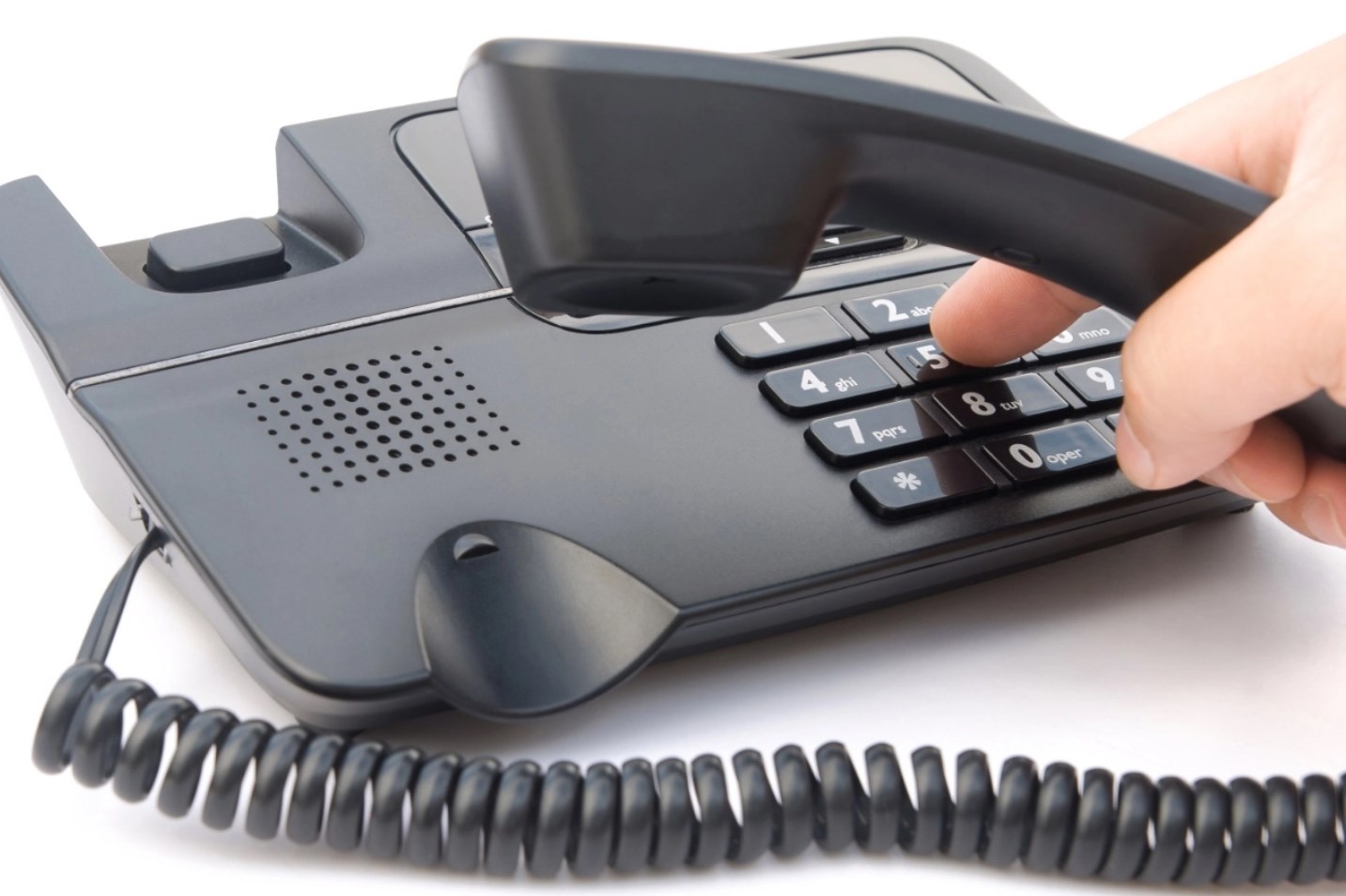Setting up or switching your business phone line can be a daunting task, but it’s a crucial step in establishing a professional and reliable communication channel with your customers. With the increasing popularity of online contact numbers, entrepreneurs now have more options to choose from and can set up a phone service for business communications without the hassle of traditional landlines. In this article, we will explore the steps, tips, and best practices for setting up or switching to an online contact number for your business phone line.
Choose a reliable online contact number provider
When you’re looking for an online contact number provider, it’s important to choose one that’s reliable and has a good reputation. There are a few key factors to consider when evaluating providers, such as:
- Price – how much does the service cost?
- Features – what features are available?
- Customer service – how responsive and helpful is the customer service team?
- Security – how secure is the provider’s system?
By taking the time to compare the features and prices of several providers, you’ll be able to find one that meets your needs.
Set up your online contact number and call routing
Once you’ve chosen a provider, setting up your online contact number is easy. The provider will provide you with a phone number and instructions on how to set up the call routing. You’ll be able to select the type of call routing you need and assign different phone numbers to each routing option. You can also customize the way each call is handled and create a personalized greeting.
Here are some of the types of call routing you can set up:
- Direct calls – calls go directly to the desired number
- Automated menus – callers can select from a list of options
- Time-based routing – calls are routed based on the time of day
- Queue-based routing – calls are placed in a queue and routed to the next available agent
Customize your call handling and greetings
Customizing your call handling and greetings is a great way to give your customers a personalized experience. You can create automated greetings that are tailored to each caller, as well as customized message options. You can also create a series of messages that offer helpful tips and information about your product or services.
Train your staff on call handling and etiquette
Once you’ve set up your online contact number and customized your call handling, it’s important to train your staff on the best practices for handling calls. Here are a few tips to help your staff provide excellent customer service:
- Be courteous and professional at all times
- Speak clearly and listen carefully
- Ask relevant questions to clarify the caller’s needs
- Offer helpful solutions based on the caller’s needs
- Follow up with the customer if necessary
- Thank the customer for their time
By training your staff on call handling and etiquette, you’ll be able to ensure that your customers have a positive experience every time they call.
How can you use call analytics to improve your call handling and customer experience?
Call analytics is a powerful tool that can help businesses understand how their call handling processes are impacting customer experience. With this data, businesses can gain insight into customer behaviour and preferences, allowing them to make adjustments that improve customer experience. Here are some of the ways businesses can use call analytics to improve their call handling and customer experience:
- Analyzing Call Volume: Call analytics can help businesses understand their call volume and identify peak times. This can help businesses determine when they need to add additional staff to meet customer demand. Additionally, it can help them identify times when they have too many staff available, helping them reduce costs.
- Measuring Average Handle Time: Call analytics can also help measure how long calls last. Longer than average handle times can indicate that customers are having difficulty understanding or navigating phone systems, which can be improved. Additionally, this data can help businesses identify areas of their customer service process that may need to be streamlined to reduce handle times.
- Identifying Call Trends: Businesses can use call analytics to identify trends in customer calls. This can help them identify areas where customers are struggling and make changes to improve their customer experience. Additionally, this data can help businesses identify emerging customer needs and develop strategies to meet them.
- Identifying Hang-Ups: Call analytics can also be used to identify why customers hang up the phone. This data can help identify customer pain points, such as long wait times, difficult navigation, or unclear instructions. By addressing these issues, businesses can reduce customer frustration and improve their customer experience.
By using call analytics, businesses can gain insight into their customer experience and make adjustments to improve it. By analyzing call volume, measuring average handle time, identifying call trends, and identifying hang-ups, businesses can gain a better understanding of their customers and create an improved customer experience.
What are the common mistakes to avoid in setting up or switching your business phone line?
Setting up or switching your business phone line can be a complicated process, but there are some common mistakes you should avoid in order to ensure a smooth transition. Here are some of the most common mistakes to be aware of when setting up or switching your business phone line:
- Not researching the options: Before choosing a phone line provider, it’s important to do your research and understand what services they offer and what the costs will be. Comparing different providers can help you find the best option for your needs.
- Not considering call plans: When selecting a phone line provider, it’s important to consider the call plans available and make sure they suit your business needs. You should also be aware of any additional charges or restrictions that may apply to the plan you choose.
- Not setting up a backup system: It’s important to have a backup system in place in case your primary phone line fails. This could be a backup line, an online service such as Skype, or a VoIP system.
- Not testing the system: After setting up the phone line, it’s important to test it thoroughly to make sure everything is working properly. This will help to ensure that your customers can reach you when they need to.
- Not setting up voicemail: Voicemail is an essential tool for any business and should be set up as soon as the phone line is installed. This will ensure that any customers who call when you’re not available can leave a message.
By avoiding these common mistakes, you can ensure that the process of setting up or switching your business phone line is as smooth and hassle-free as possible.

